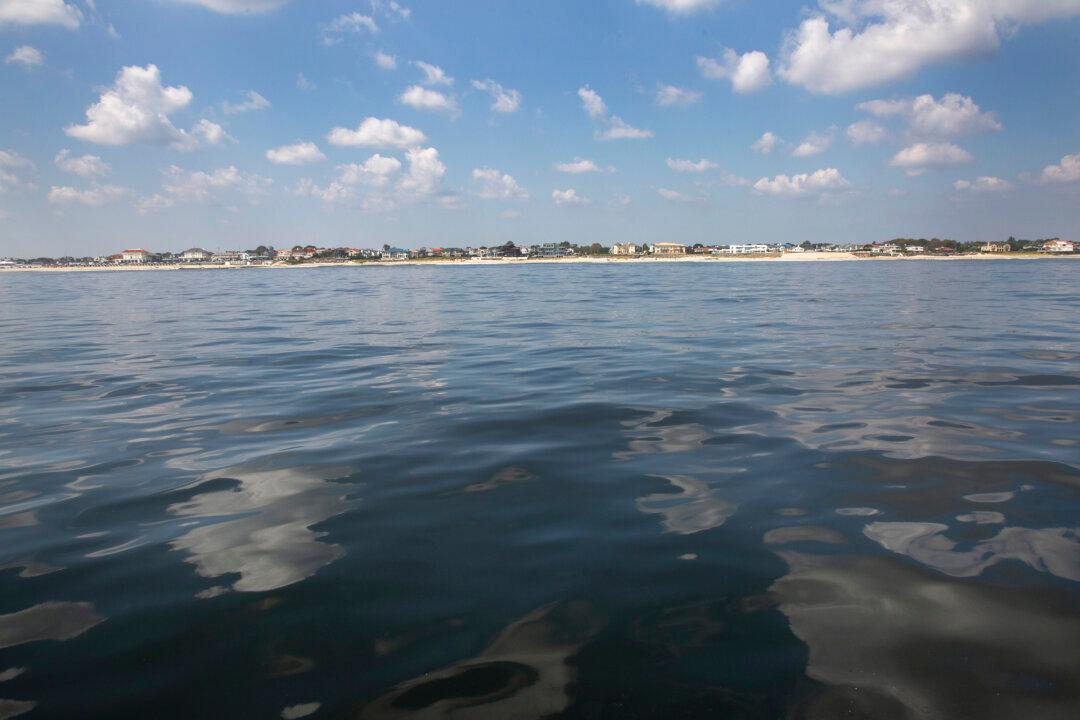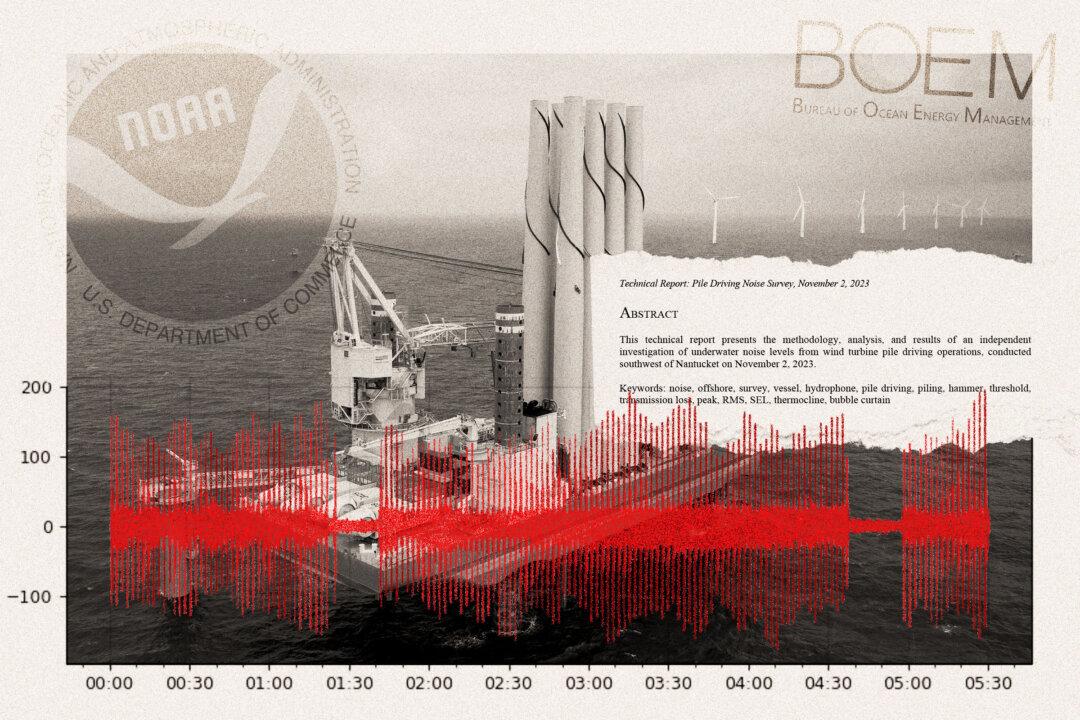Environmental groups are asking for a 90-day extension for public comments on an environmental review of the combined effect of six offshore wind farm leases sold by the Biden-Harris administration in February 2022.
Six companies paid a record $4.37 billion to build the wind farms over 488,000 acres of ocean in the New York Bight, a geological indentation on the eastern coast of the United States between New Jersey and New York.





